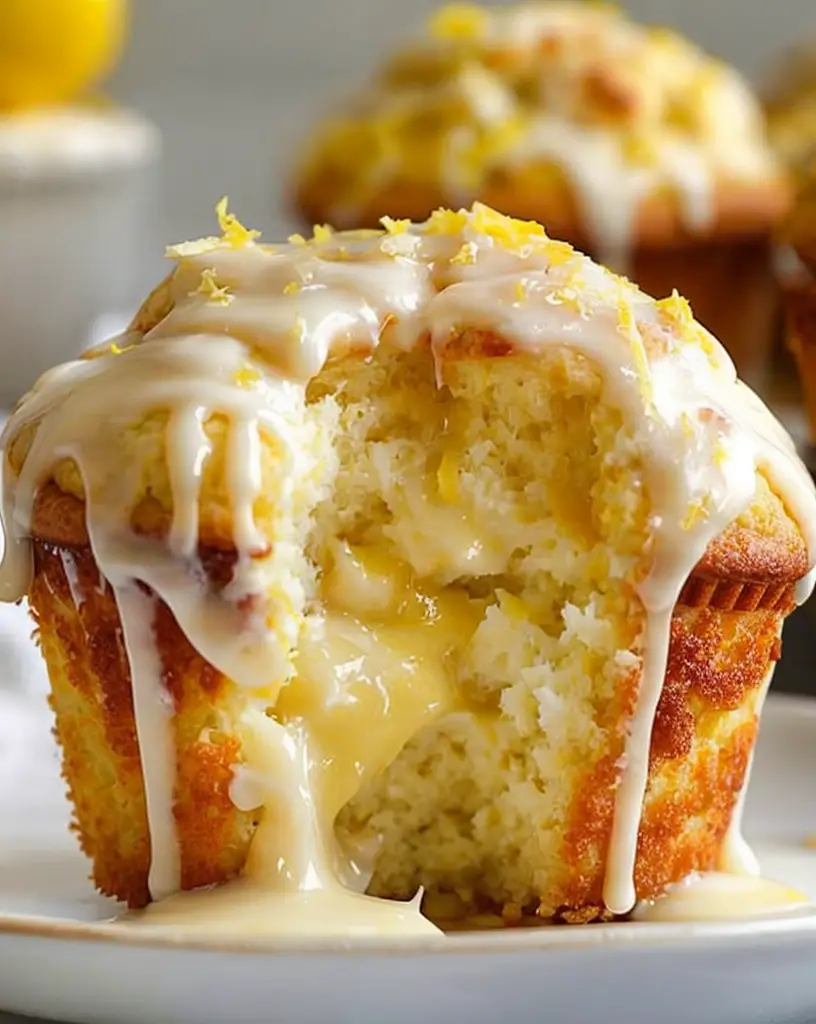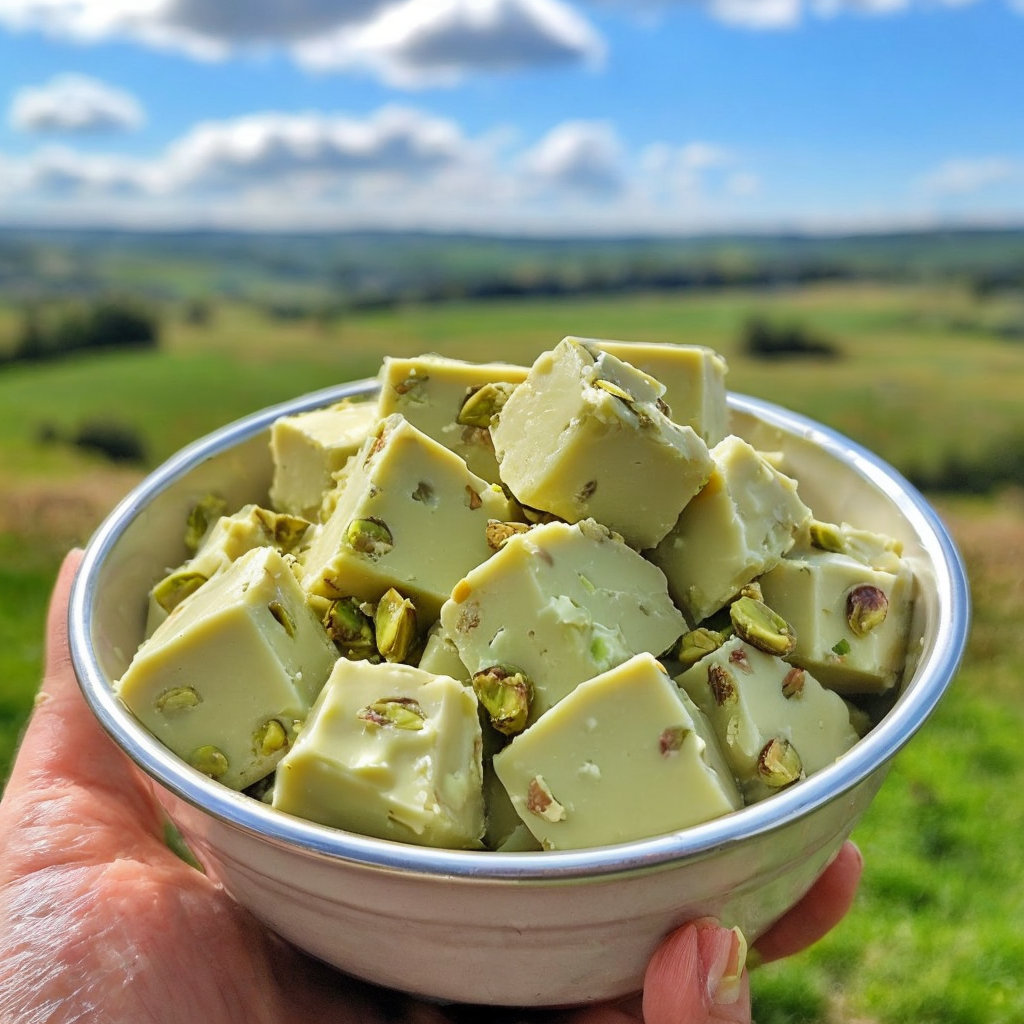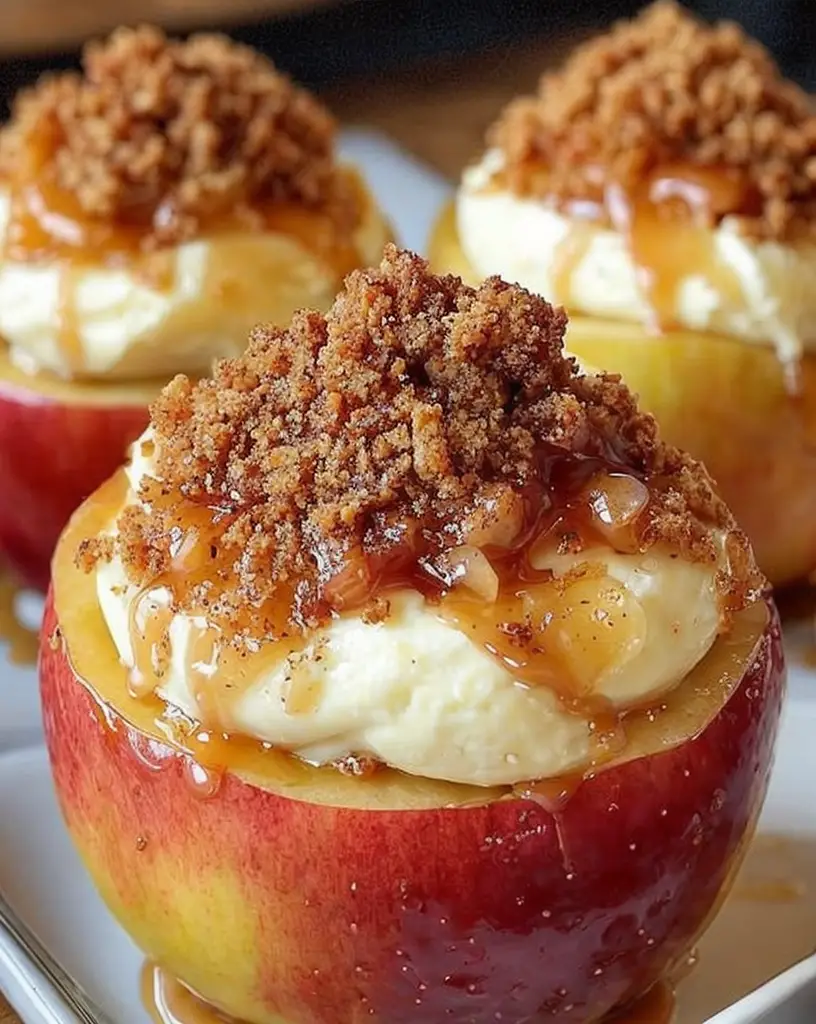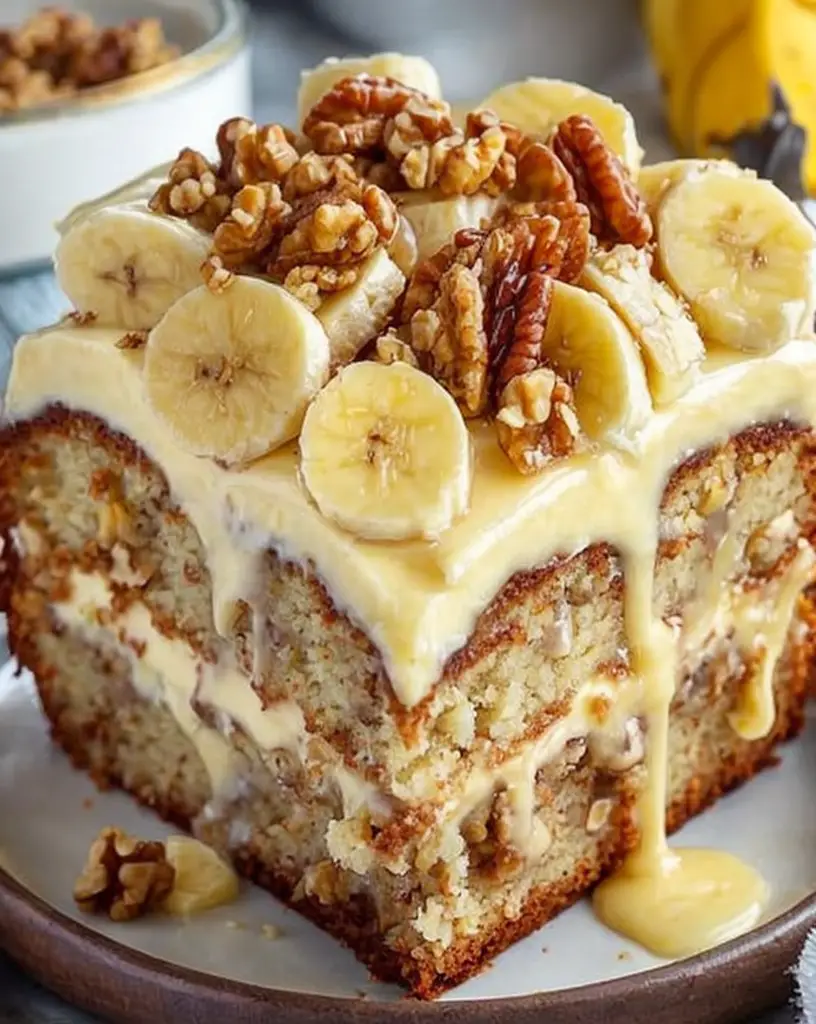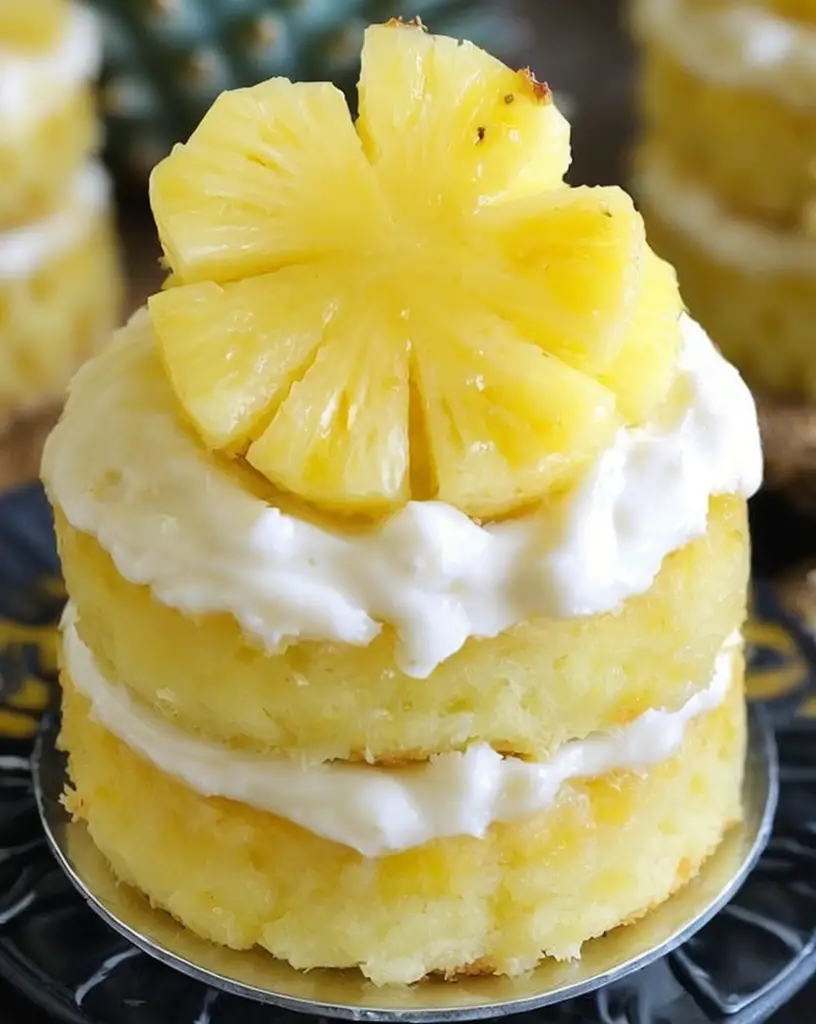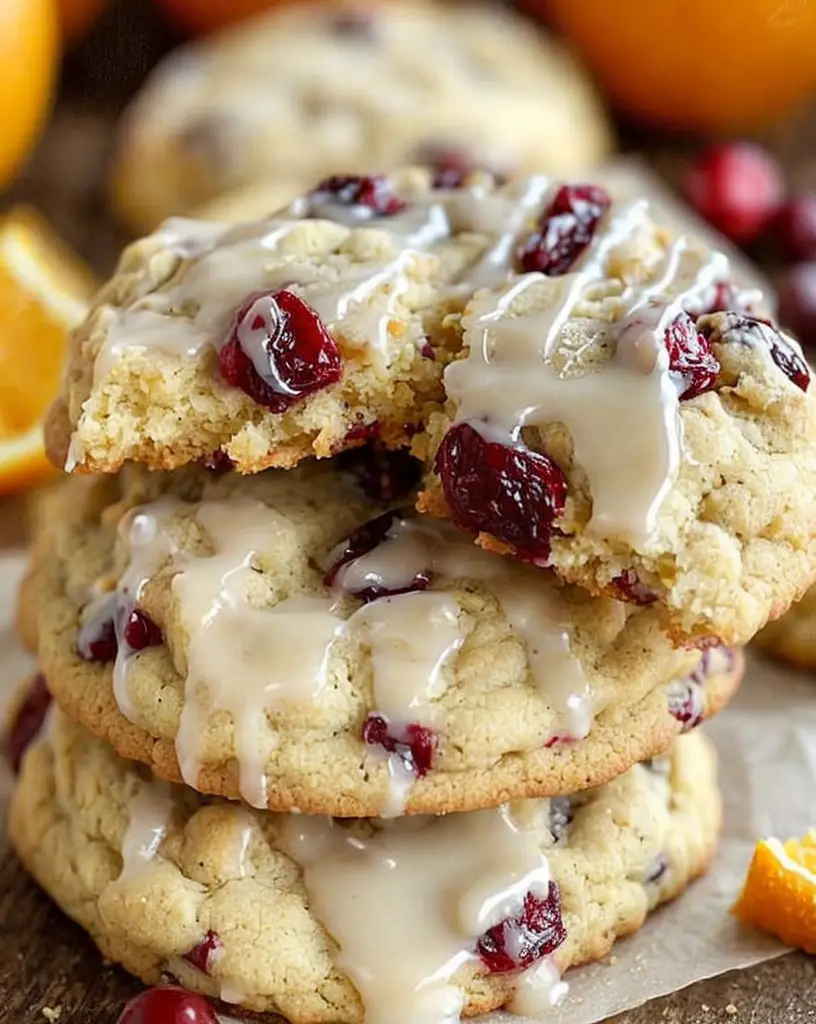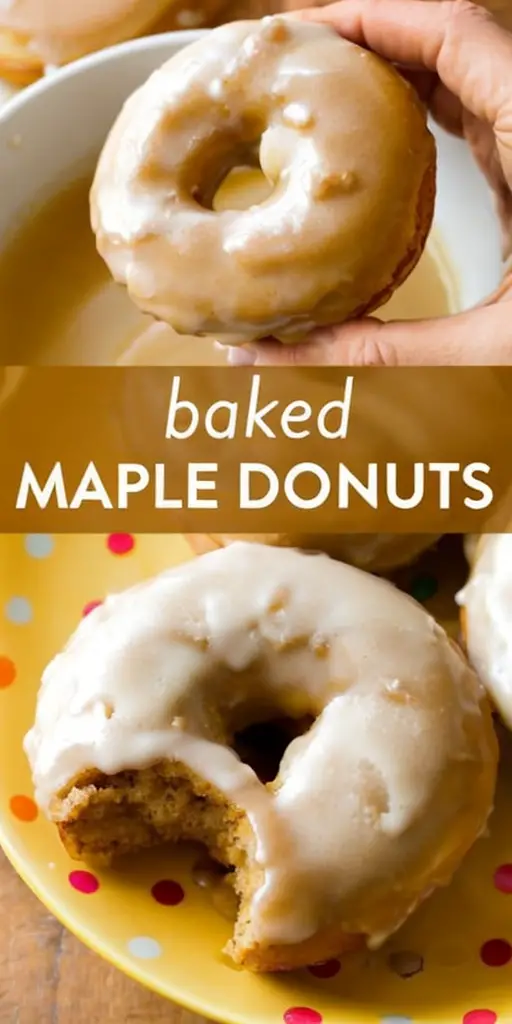Luscious Lemon Cream Cheese Muffins: A Zesty Delight to Brighten Your Day
Embark on a culinary journey with these Luscious Lemon Cream Cheese Muffins, a perfect blend of tangy lemon and rich cream cheese that will leave you craving more. These muffins are an aromatic delight with their citrusy burst, making for an exquisite treat any time of the day. Whether you’re after a breakfast boost or a delightful afternoon snack, the combination of flavors and the creamy texture will surely captivate your senses.
Their light, fluffy crumb mingled with a zesty lemon aroma fills your kitchen with sunshine and warmth. As you sink your teeth into the muffin’s velvety center, the contrast between the cream cheese filling and the lemony muffin base creates a symphony of irresistible flavors. With a preparation process that’s straightforward and rewarding, these muffins are also perfect for those who appreciate the art of quick baking delights.
Quick Recipe Highlights
- Flavor Profile: These muffins strike a balance between the tang of fresh lemons and the creaminess of cheese, offering a refreshing yet indulgent taste.
- Texture: Expect a beautifully moist crumb with a creamy center that contrasts perfectly with the soft, tender outer layer.
- Aroma: The muffins emit a captivating lemony aroma that wafts through your kitchen, creating an inviting atmosphere.
- Visual Appeal: With a slightly golden exterior and cheerful lemon zest scattered on top, these muffins are a feast for the eyes.
- Skill Level Needed: Perfect for beginner bakers, these muffins require basic mixing techniques and minimal kitchen equipment.
- Special Equipment: You’ll need a muffin tin and liner, a whisk, and a zester to achieve the perfect lemon zing.
Recipe Overview
- Difficulty Level: These muffins are marked ‘easy’ due to their straightforward ingredients and simple method, allowing even novice bakers to create something delicious.
- Category: Ideal as both a sweet breakfast option or an afternoon delight, they fit nicely into brunch menus or casual gatherings.
- Cuisine: While rooted in cozy American baking traditions, the addition of lemon offers a touch of Mediterranean influence.
- Cost: With accessible ingredients like cream cheese, flour, and lemons, this recipe is budget-friendly without compromising on taste.
- Season: Best enjoyed in spring and summer when lemons are at their peak, infusing the muffins with natural brightness.
- Occasion: Serve these at brunch parties, as a holiday treat, or anytime you want to impress without fuss.
Why You’ll Love This Recipe
The Luscious Lemon Cream Cheese Muffins are more than just a recipe; they are an experience of indulgence and simplicity. Taste these delightful treats and marvel at how the tartness of lemon effortlessly pairs with the rich undertones of cream cheese, creating a well-rounded flavor profile that both adults and children adore.
Besides their delectable taste, these muffins are a breeze to make. With a total preparation time that may take under an hour, they fit well into busy schedules and spontaneous cravings. Their straightforward ingredient list makes them a convenient and appealing solution for last-minute baking sessions.
Nutritionally, these muffins provide a perfect balance of carbs and fats, making them a reasonably guilt-free indulgence. The ingredient list is simple, ensuring you know exactly what goes into your delectable creation. These muffins serve as a sweet yet satisfying pick-me-up.
When it comes to entertaining, these muffins are a crowd-pleaser. They are perfect for sharing at picnics, brunch gatherings, or as a delightful surprise for a friend. The versatility and widely appreciated flavors make them a must-have addition to your recipe repertoire.
Finally, the cost-effectiveness and ease of sourcing ingredients mean you can indulge in these muffins without breaking the bank. They are an excellent choice for anyone looking to whip up something impressive yet affordable, applying flavors that are universally revered and accessible.
Historical Background and Cultural Significance
Muffins, as we know them today, have a rich history tracing back to 10th century Wales. Originally cooked over an open flame, modern muffins have evolved considerably and are now baked in ubiquitous forms across the Western world. Throughout history, lemons have also been highly prized, dating back to ancient Asia and later becoming popular in European cuisines for their fresh flavor.
The cultural significance of lemon-infused baked goods emerged as lemons traveled from the Mediterranean to North America, where their bright flavor quickly caught on in a variety of desserts. The combination of cream cheese with lemon established these muffins as a staple in continental breakfast offerings, admired for their pleasing contrast and refined taste.
From street vendor delicacies to coveted cafe treats, muffins have undergone an expansive evolution. Today, the Lemon Cream Cheese Muffin represents a confluence of historic baking traditions with contemporary flavor pairings, solidifying its place as a breakfast and tea time essential.
Regional variations of lemon muffins exist, each reflecting its unique cultural context—for instance, incorporating poppy seeds in the United States or honey in the Mediterranean regions, showcasing the versatile nature of this beloved treat.
Ingredient Deep Dive
The main star—lemon—is cherished for its health benefits and rich vitamin C content. Originating from Asia, lemons have traveled extensively and have been adopted in culinary practices worldwide. When selecting lemons, look for ones with bright, smooth skin indicating freshness. Store in a cool, dry place or refrigerate for extended shelf life.
Cream cheese, while providing a delectable texture, also bridges a cultural gap, beginning its commercial journey in America in the late 1800s. Its creamy consistency is key to the mouthfeel of the muffins. It is best stored in its original packaging in the refrigerator and should be brought to room temperature for easy incorporation into batters and fillings.
Refined flour serves as the structure for the muffins but can be substituted with gluten-free alternatives for dietary needs. To maintain a light and airy crumb, sift flour before measuring. For a healthy twist, whole wheat flour can provide more fiber and nutrients, although it may slightly alter the texture.
Sugar balances the tartness of lemons while ensuring a caramelized exterior on baking. Experiment with coconut sugar or honey as natural sweeteners. Brown sugar can be used for a deeper, molasses-like flavor, adding complexity to each bite.
Common Mistakes to Avoid
- Not using room-temperature cream cheese can cause lumps in your batter, so plan ahead and allow it to soften.
- Overmixing the batter can result in dense muffins. Mix until just combined to maintain a tender crumb.
- Using old baking powder may lead to flat muffins. Always check the expiration date and replace as needed.
- Filling muffin cups to the brim can cause overflowing. Fill to about 2/3 full to give room for rising.
- Skipping the lemon zest can leave the muffins with less burst of flavor. Always opt for fresh lemon for zesting.
- Not preheating the oven can lead to uneven baking. Ensure your oven reaches the recommended temperature before baking.
- Ignoring muffin liners can cause muffins to stick to the pan, making removal difficult.
- Impatience in the cooling process affects muffin texture; allow them to cool slightly before serving.
Essential Techniques
Achieving the perfect balance of sweetness and tang requires careful attention to the incorporation of lemon zest. This technique ensures that the fresh citrus oils fully interact with the other ingredients, offering robust flavor without overpowering the palate.
Mastering the creaming method is essential for creating light, airy muffins. This involves incorporating air into the mixture, ensuring that each component emulsifies properly to give the batter a seamless texture.
Visual cues such as the “toothpick test” are indispensable; inserting a toothpick into the center of muffins should result in a clean extraction, indicating doneness. Always use this technique to ensure muffins are perfectly cooked through.
Whipping cream cheese until smooth is crucial to avoid lumps. Proper consistency in the batter ensures an even rise and a satisfying, uniform texture in the final product.
Pro Tips for Perfect Luscious Lemon Cream Cheese Muffins
Enhance flavor by allowing grated lemon zest to sit in sugar for a few minutes, unlocking full aromatic potential. This “maceration” process intensifies the lemon essence throughout the batter.
Pre-chill the cream cheese fillings for easy spooning and a centered filling within the muffins. This trick ensures professionally stuffed muffins every time.
Experiment with half oat flour for a healthier alternative without sacrificing texture. Oat flour adds a subtle nuttiness while retaining lightness.
Short on fresh lemons? Substitute with 100% pure lemon extract for a similar taste profile.
Portable for picnics and lunches, these muffins retain flavor over time. Store wrapped individually or in airtight containers to maintain freshness.
Using parchment paper liners can enhance non-stick properties, heightening the muffins’ professional appearance.
Variations and Adaptations
Embrace regional variations by incorporating poppy seeds for an added crunch and visual interest. This transformation keeps the essence but introduces a twist on the classic recipe.
Make seasonal adaptations; adding cardamom during winter months provides warmth, while fresh berries in summer elevate brightness, providing a harmonious blend with the citrusy undertones.
For dietary modifications, explore gluten-free baking mixes available in most grocery stores, keeping an eye on package instructions for successful swaps for a celiac-friendly option.
Flavor variations abound with the addition of vanilla extract for a hint of sweetness, or almond essence for a subtle nutty aroma that complements the tang of the lemon.
Incorporate texture modifications such as a crumb topping with brown sugar and nuts, introducing complexity and additional visual appeal.
For a creative presentation, bake mini versions for adorable tea party treats. Alternatively, creating a giant single muffin cake allows for a show-stopping centerpiece.
Serving and Presentation Guide
Consider elegant plating by placing muffins atop serving platters with lemon slices or edible flowers for a burst of color and charm. This kind of presentation enhances the dining experience and adds a touch of sophistication.
Explore garnishing ideas such as dusting with powdered sugar or drizzling with a light lemon glaze, offering visual allure and a touch of sweetness.
Pair with traditional accompaniments like a dollop of whipped cream or clotted cream to serve reminiscent of a classic Cream Tea setup.
For modern serving suggestions, try pairing with a cold brew coffee or a citrusy herbal tea, striking a balance between bold flavors and subtle undertones.
Temperature considerations are key: baked goods continue cooking from residual heat, so allowing them to rest ensures even flavor distribution.
Portion control tips ensure satisfaction without surplus: use approximately 1/4 cup of batter per muffin cup to maintain consistent size and shape for an attractive presentation.
Wine and Beverage Pairing
Pair the bright flavors of lemon muffins with a crisp, dry white wine such as Sauvignon Blanc or Pinot Grigio. These selections complement the fresh lemon notes while not overshadowing the delicate cream cheese filling.
Consider non-alcoholic alternatives like a spritzer with sparkling water infused with lemon slices and fresh mint, refreshing the palate between bites.
If evening calls for warmth, a rich black tea or robust coffee beautifully complements these citrus-laden desserts, balancing acidic notes.
Temperature considerations are vital in pairing; chilled wines and spritzers counterbalance the muffins’ baked warmth, enhancing the overall dining pleasure.
For serving suggestions, consider elegant glassware for beverages to match the sophistication of presentation, enhancing the sensory experience and enjoyment.
Storage and Shelf Life
To maintain freshness, muffins should be stored at room temperature in an airtight container for up to three days, allowing them to remain moist and flavorful.
For optimal temperature control, wrap muffins individually in plastic wrap before refrigerating to prevent drying and maintaining taste integrity.
Choose containers with sealed lids and moisture-lock bands to prolong freshness and ensure muffins don’t lose their signature flavors.
Signs of spoilage include a hardened top, unusual discoloration, or off-putting aroma. Paying attention to these details helps keep your muffins at their best.
Reheat muffins in a preheated oven at a low temperature, making them taste freshly baked every time. Avoid microwaving to prevent rubbery texture.
Freezing guidelines suggest individually wrapping and securing in freezer bags, allowing easy single-portion thawing as desired, retenuating taste and moisture.
Make Ahead Strategies
Plan by preparing ingredients and cream cheese filling a day prior, offering an expedited assembly and baking process the following day.
When storing between steps, refrigerate batter immediately to maintain leavening properties and ensure muffins rise beautifully during baking.
Quality impact assessment includes checking mixing order; too much delay could risk the reaction of baking agents, affecting the muffins’ texture.
For assembly tips, evenly divide cream cheese mixture for portions that have a consistent, indulgent center in each muffin.
Guidelines for reheating maintain muffin quality—15 seconds on medium heat in the microwave revives its freshness without sacrificing texture.
Include fresh elements like a dash of freshly grated lemon zest before serving, delivering a burst of invigorating citrus aroma and taste.
Scaling Instructions
When halving the recipe, use precise measurements for each ingredient to maintain proper balance and consistency in flavor and texture.
For doubling or tripling, consider using larger equipment such as bigger mixing bowls to conveniently manage greater batter quantities.
Adjust baking time by testing doneness earlier than usual, preventing overbaking when cooking larger batches that may require more time to set.
Adapt storage considerations by using multiple airtight containers to prevent muffins from touching and absorbing each other’s moisture.
Nutritional Deep Dive
These muffins offer a satisfying blend of macronutrients with their balance of carbs and fats. The inclusion of lemons adds an extra dose of vitamin C, supporting immune health and wellness.
Micronutrient analysis reveals notable concentrations of essential vitamins and minerals, notably calcium from the cream cheese and the fiber from whole wheat flour alternatives.
Health benefits include supporting a balanced diet with moderate consumption, offering both indulgence and essential nutrients.
Dietary considerations should take allergens into account, such as gluten and dairy, exploring suitable substitutions as necessary.
Portion analysis focuses on recommended serving sizes, ensuring a satisfying indulgence without overconsumption.
For those attentive to weight management, these muffins provide a wholesome alternative to richer dessert options, offering indulgence without excess.
Dietary Adaptations
For a gluten-free adaptation, replace all-purpose flour with a gluten-free blend designed for baking. This ensures the texture remains fluffy and light while adhering to dietary restrictions.
Create a dairy-free version by replacing cream cheese with coconut yogurt or a similar non-dairy alternative, ensuring those with lactose intolerance can enjoy this treat hassle-free.
Vegan adaptations incorporate plant-based cream cheese and a flaxseed “egg” to bring plant-loving individuals a muffin experience just as delectable as the original.
Low-carb versions seek almond flour as a substitute for conventional flour, focusing on reducing carbs while increasing the nutty flavors that harmonize well with lemon.
Keto enthusiasts can explore coconut flour as an option, paired with erythritol for unsweetened indulgence. Monitor proportions for the right texture.
Paleo followers can adopt almond milk instead of cow’s milk, plus coconut sugar instead of refined sugars for a recipe more aligned with ancestral eating practices.
For low-FODMAP considerations, use lactose-free cream cheese and gluten-free flours, maintaining digestive health requirements seamlessly integrated into the delicious treat.
Troubleshooting Guide
Texture issues may arise from overmixing; ensure gentle folding of ingredients to retain lightness and aeration, correcting density problems.
For flavor balance, adjust sweetness by either reducing or increasing sugar based on personal preference, ensuring muffins suit all taste buds while maintaining original zest.
Temperature problems stem from baking without a thermometer; invest in reliable oven thermometers to ensure accurate conditions and optimal muffin rising.
Address equipment challenges by selecting non-stick muffin tins, avoiding mishaps with sticking and ensuring perfect muffin cups every time.
Ingredient substitutions should factor possible flavor and texture differences, such as choosing coconut oil in place of butter, providing moisture without compromising flavor.
Timing concerns arise when batter rests too long before baking; once mixed, promptly fill tins and bake for even rising and texture.
Recipe Success Stories
Readers have recreated our Luscious Lemon Cream Cheese Muffins on countless occasions, sharing fond memories of brunches, birthdays, and quiet Sunday mornings.
Feedback regularly reflects satisfaction with the muffins’ delightful marriage of bright citrus and creamy filling, cultivating a community of enthusiastic bakers.
Variation successes include delightful stories of blackberry additions or thyme-infused versions, illustrating the creativity and personalization our audience brings to their baking ventures.
Adaptation stories celebrate gluten-free and vegan transformations, underscoring the versatility these muffins possess and the joy they bring to all dietary needs.
Reader suggestions range from increasing lemon zest for bold flavor to innovative topping ideas, creating an engaging dialogue and exchange.
Photography tips emphasize natural lighting and overhead angles for showcasing the vibrant yellow zest and clean muffin cuts, illustrating enticing visual representation.
Frequently Asked Questions
Can I use other citrus fruits instead of lemon? Yes, absolutely! Orange or lime can be used in place of lemon, giving distinct but equally delightful results.
How should I store leftover muffins? Store in airtight containers at room temperature for up to three days or refrigerate for longer freshness.
Is lemon zest necessary for this recipe? While optional, lemon zest amplifies flavor intensity and provides the quintessential lemon scent and taste.
How can I make these muffins healthier? Reduce sugar or substitute with natural sweeteners like honey or agave syrup for a more health-conscious approach.
What is the best way to ensure muffins don’t stick to the pan? Use non-stick muffin liners or spray the muffin tin liberally with baking spray to prevent sticking.
Can I freeze the muffins? Yes, wrap individually before placing them in freeze-safe bags for easy grab-and-go options straight from the freezer.
What if my muffins turn out dense? This could result from overmixing. Next time, gently fold wet ingredients into dry until just combined.
How do I know when the muffins are done? When a toothpick inserted into the center comes out clean or with a few crumbs, they are properly baked.
Can I add other spices to the batter? Certainly! Consider a pinch of nutmeg or cinnamon as subtle, warm accents to the flavor profile.
What kind of muffin tin should I use? Tins with non-stick coating or silicone options both work well to avoid batter stickiness and ensure easy release.
Are there vegan options for this recipe? Yes, vegan cream cheese and flax eggs can replace traditional ingredients, maintaining taste and texture.
What makes these muffins stand out? The balance of zesty lemon with creamy cheese filling ensures a sophisticated, irresistible dessert every time.
Additional Resources
Discover related recipes such as Lemon Poppy Seed Bread or Lemon Cake Pops, diversifying your citrus-infused baking repertoire and delighting in related flavors.
Technique guides such as proper zesting of lemons enhance culinary skills, focusing on maximizing the natural oils and impacting the overall flavor depth of your dishes.
Gain further ingredient insights about complementary spices such as cardamom or ginger when paired alongside lemon for innovative, unexpected taste dynamics.
Equip yourself with recommendations on essential bakeware like muffin tins, ensuring your kitchen is ready for adventure and experimentation, advancing skills proficiency.
Seasonal variations insightful recipes like a Lemon Blueberry Muffin during peak harvest times, encouraging exploration according to fruit availability and peak ripeness.
Join the Conversation
Engage across social media platforms with your personal renditions of the Luscious Lemon Cream Cheese Muffins using #LemonCreamCheeseMuffins, sharing beauty and creativity.
Photography tips elevate presentation by capturing the vibrancy of fresh ingredients and the richness of cream cheese swirls with various lighting and angle techniques.
Encourage readers to review and provide feedback on the recipe, fostering enhanced community interaction, idea exchanges, and culinary inspiration contributions.
Stimulate community engagement through polls or Q&As focusing on flavor modifications, encouraging collaborative gastronomy and sharing within an enthusiastic baking network.
Share recipe variations at community gatherings or family meals, exploring collective creativity in capturing the essence of lemon-infused delight across different tastes.
The Recipe
Luscious Lemon Cream Cheese Muffins
Serves: 12
Prep Time: 15 mins
Cook Time: 25 mins
Total Time: 40 mins
Kitchen Equipment Needed
- Muffin Tin
- Muffin Liners
- Whisk
- Zester
- Mixing Bowls
- Spatula
Ingredients
- 1 3/4 cups all-purpose flour
- 1/2 cup granulated sugar
- 2 teaspoons baking powder
- 1/2 teaspoon salt
- 1 cup milk
- 1/3 cup vegetable oil
- 1 egg
- 1 tablespoon lemon zest
- 4 oz cream cheese, softened
- 1 tablespoon powdered sugar
- 1 teaspoon vanilla extract
Directions
- Preheat oven to 375°F (190°C) and line a muffin tin with paper liners.
- In a large bowl, whisk together flour, granulated sugar, baking powder, and salt.
- In another bowl, combine milk, oil, egg, and lemon zest. Mix well.
- Pour the wet ingredients into the dry ingredients and stir until just combined.
- In a small bowl, mix softened cream cheese, powdered sugar, and vanilla extract until smooth.
- Spoon the muffin batter into the liners, filling each 2/3 full.
- Add a dollop of the cream cheese mixture to each muffin cup.
- Bake in preheated oven for 20-25 minutes or until a toothpick inserted in the center comes out clean.
- Allow muffins to cool slightly before transferring to a wire rack to cool completely.
Recipe Notes
- Ensure cream cheese is at room temperature for easy mixing with sugar and vanilla.
- Add 1 tablespoon of poppy seeds to the batter for an added crunch and visual appeal.
- For extra lemon flavor, increase lemon zest to 1 1/2 tablespoons.
